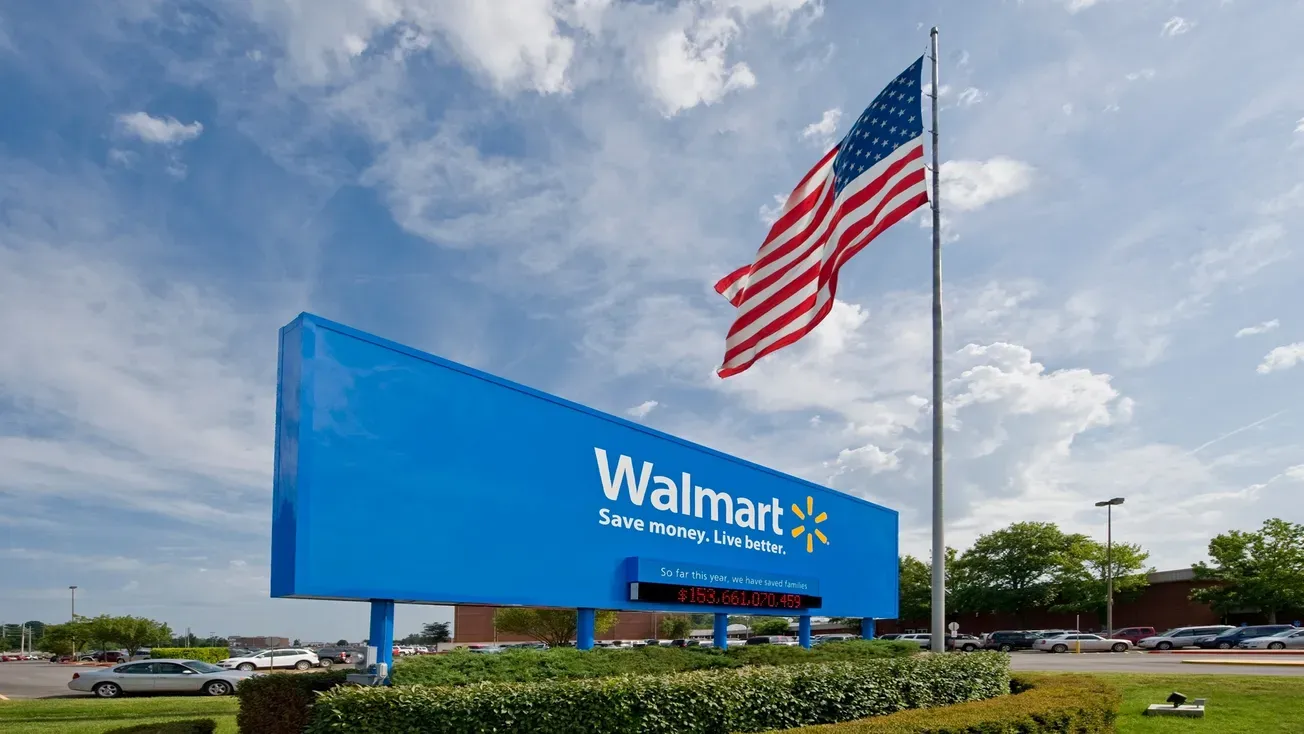Recently, U.S. Health and Human Services (HHS) Secretary Sylvia Burwell announced a lofty goal of tying 50% of all traditional Medicare payments to alternative payment models, such as accountable care organizations (ACOs) or bundled payment arrangements, by the year 2018.
Dan Leonard, National Pharmaceutical Council
In announcing these ambitious goals, Burwell stated, “Whether you are a patient, a provider, a business, a health plan or a taxpayer, it is in our common interest to build a health care system that delivers better care, spends health care dollars more wisely and results in healthier people.”
HHS, along with the Centers for Medicare and Medicaid Services (CMS), has undertaken a number of value-based care initiatives to help get us there, and most notable among these efforts are ACOs.
ACOs, in which providers form groups to care for specified populations and follow measures of care, are being promoted by the federal government, states and private insurers as a way to provide high-quality care while reducing costs. There are currently more than 620 ACOs established in the United States, according to Leavitt Partners’ Center for Accountable Care Intelligence, and that number is growing each year. The latest numbers published by Leavitt state that over 6 million patients in Medicare are now covered by an ACO in their region. So the evidence is mounting that ACOs, as a model of care delivery built around paying for value — the quality of the services performed and improved health outcomes — instead of volume, are gaining traction.
While the number of ACOs that are being established on a daily basis is notable, and the goals the administration has set to achieve its value metrics are even more attention-grabbing, the desire to move our system from one that rewards volume to one that rewards value is not a new idea coming out of Washington: “We need a system with built-in incentives that operates more efficiently and reduces the losses from waste and duplication of effort. Everyone pays for this inefficiency through their health premiums and medical bills. The measure I am recommending therefore contains a number of proposals designed to contain costs, improve the efficiency of the system and assure quality health care.”
Although the quote sounds as if it could come straight out of President Obama’s appeals for the Affordable Care Act, it is actually a quote from President Richard Nixon outlining his goals for health maintenance organizations (HMOs) in 1974.
We are all familiar with the history of HMOs, which slowly gained in popularity in the 1970s and 1980s and peaked at the turn of the century with 80 million members, rapidly losing popularity in the late 1990s and 2000s. Many health experts would say that HMOs lost popularity because they did more to manage cost than to manage care, often at the patient’s expense. Contemporary ACOs are borrowing liberally from the more popular components of the HMO model, such as emphasizing wellness and improving quality of care, but eliminating some of the less popular aspects of HMOs, such as member lock-in, very limited provider and hospital networks, and centralized control that took decision making out of the hands of physicians.
While the jury is still out on the long-term prospects of ACOs, some of the early signs are promising. In 2014 the Medicare Shared Savings Program (MSSP) and Pioneer ACO Model saved more than $417 million for Medicare. Reflecting the collaborative nature of these and similar programs, participants in the MSSP and Pioneer Programs qualified for shared saving payments of $460 million. These shared savings can be leveraged for further investment in ACO capabilities and/or distributed to participating providers as incentive payments. While lowering costs is of critical importance for the success of ACOs, what distinguishes this care model from HMOs is their focus on quality.
To achieve shared savings, ACOs in the MSSP and Pioneer programs are assessed on how well they meet 33 quality measures. Measurement of quality is an integral component of accountable care, as measures help payers to reward better care, help providers to take action to improve care, and help patients to make informed decisions about where to seek care. However, these measures do not address all aspects of care or conditions, particularly for many prevalent and costly conditions, which leaves important measurement gaps.
As a recent white paper from the National Pharmaceutical Council and Discern Health found, gaps in measurement, especially for prevalent conditions requiring specialty medications, are missed opportunities for monitoring system performance, providing transparency to patients and purchasers, and improving quality. In an ideal world, accurate and costless measures of all important dimensions of care would be available to support clinical decisions and payments. But measures are costly and imperfect, thus creating measurement gaps, and measurement gaps in high-cost therapeutic areas may be at risk of incentivizing reductions in services, since quality metrics scores are not part of the quality payment mechanism.
To address these gaps, the white paper outlines such strategies as utilizing measures that are applicable to a variety of disease states, applying different sets of measures for external accountability and internal management or improvement, and adopting an approach that allows for measures to be utilized on an as-needed basis for certain subpopulations.
While quality measurement serves as a foundation for payment in ACOs, much of the transformation for ACO participants derives from the integration of care. In a typical health care delivery system, different sets of providers are responsible for certain aspects of care. For example, physicians are expected to diagnose and provide treatment recommendations to a patient, while pharmacists are expected to furnish medications and educate patients about them. With ACOs integrating all aspects of care, it is critical that providers work together as a team and coordinate care to ensure high-quality outcomes in medical, pharmacy and other care settings that make up the fully integrated ACO.
To determine if ACOs are ready to be accountable for medications, the American Medical Group Association, Premier Inc., the Dartmouth Institute and the National Pharmaceutical Council conducted a self-assessment of 46 ACOs and found that many are not prepared to manage medications. While these results are not an indication of an ACO’s quality of care, they highlight the challenges ACOs face in managing medications and taking on additional responsibilities as they work to meet quality and financial benchmarks.
To aid ACOs in their transition to integrated care, various health stakeholders — from the National Governors Association to the Patient-Centered Primary Care Collaborative — have developed materials encouraging an increased role of pharmacists and pharmacy-related care. Although outpatient drug costs are not included in CMS’ ACO programs, some organizations have prioritized medication management, recognizing that appropriate drug use can have positive downstream effects. Fairview Health in Minneapolis, for example, has utilized a medication therapy management program that has reduced adverse events, improved management of diabetes patients and shown a return on investment of 12:1.
Given the direct and indirect effects that prescription medications have on the therapeutic areas on which ACOs are being measured, their effective management can be an integral part of ACOs’ success.
It’s clear that this will be a greater challenge in the near future, with the aging baby boomer population and the need to manage populations with multiple chronic conditions. Care delivery is complicated for individuals with multiple chronic conditions, but many of the assumptions made during financial and quality benchmarking for ACOs are dependent on their patient care mix. If benchmarks are not developed accurately, it will be difficult for providers to adequately serve their patient population and be rewarded for high-quality care. These issues were recently reflected in the proposed rule and request for comments by CMS for the Shared Savings Program.
In addition, with new and innovative therapies and technologies coming to market, how do ACOs and other value-based payment systems adequately adopt them? If the innovative therapy was not calculated in a base-payment rate, will it not be utilized because of its cost rather than the patient care improvements it provides?
These critical issues will need to be further considered as ACOs, bundled payments and other value-based payments systems are rolled out and improved. Although the shift from volume-based to value-based reimbursement is intended to encourage the delivery of efficient, high-quality patient care, it is critical that the transition is designed and monitored appropriately to ensure it will meet its intended goal.
Dan Leonard is president of the National Pharmaceutical Council.









